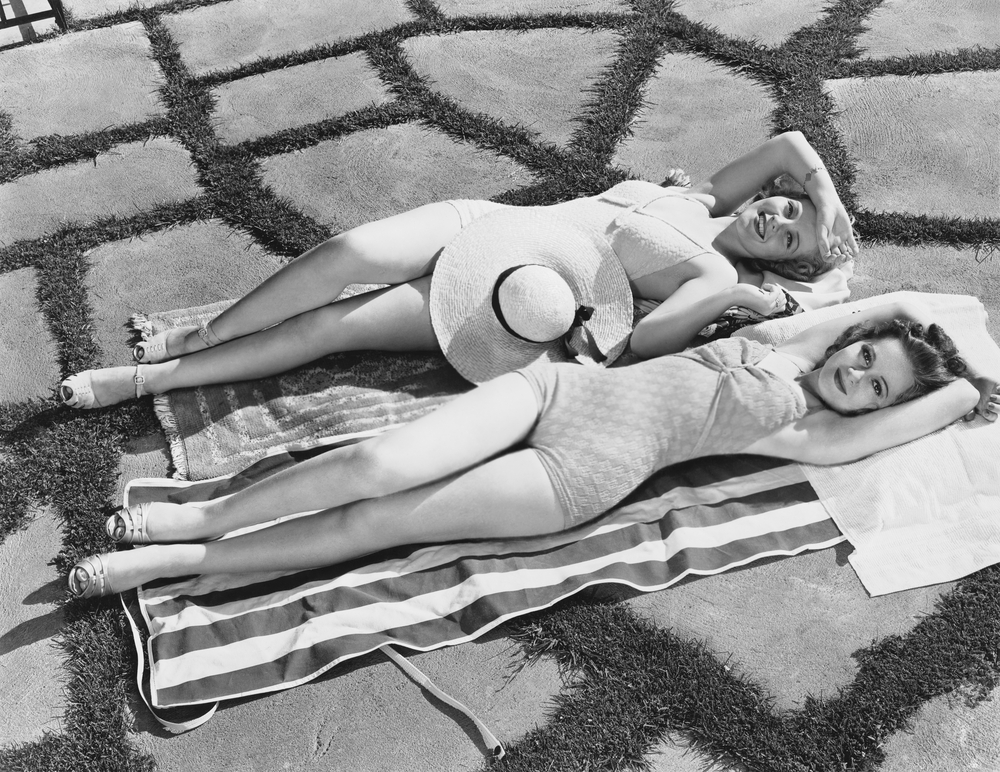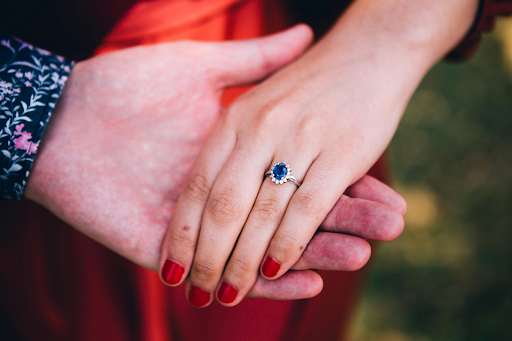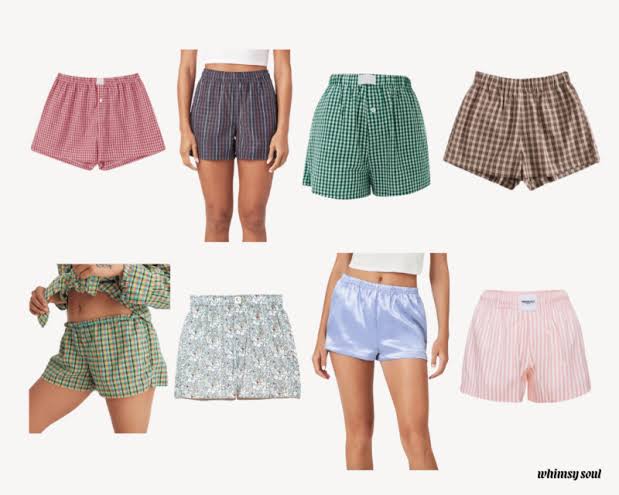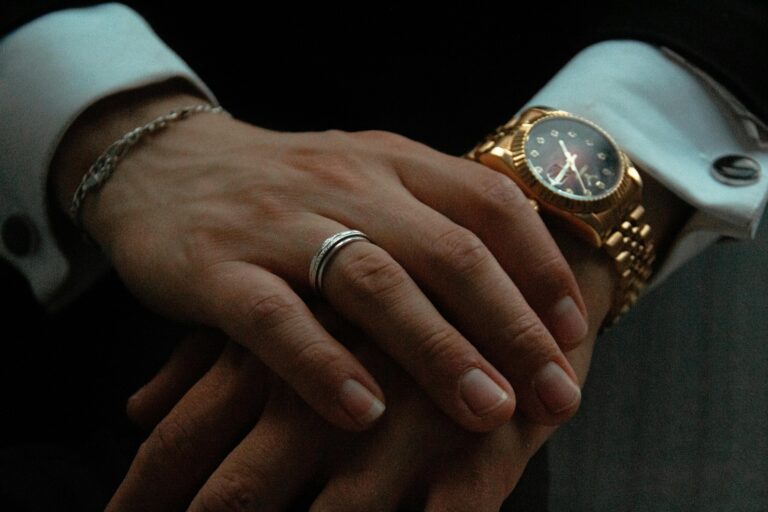
From modest beginnings to the daring and diverse styles of today, celebrity swimwear has been a reflection of cultural trends and societal shifts. Each decade has brought new silhouettes, colors, and attitudes, often shaped by the stars of the time. This journey through the decades reveals not only the evolution of fashion but also the changing ideals of beauty and self-expression. Let’s dive into the captivating history of swimwear, as seen through the eyes of Hollywood’s most iconic figures.
The 1920s-1930s: Modest Beginnings
In the early 20th century, swimwear was all about modesty and coverage. Women donned one-piece bathing suits, often with skirts, caps, and even stockings. Hollywood stars like Clara Bow and Greta Garbo became fashion icons, albeit in relatively conservative swimwear by today’s standards. These outfits were more functional than fashionable, reflecting societal norms that prioritized modesty.
The 1940s-1950s: The Rise of Glamour
The post-war era ushered in a wave of optimism and glamour. Swimwear began to evolve, with more form-fitting and revealing designs. The pin-up culture of the 1940s, exemplified by stars like Betty Grable and Marilyn Monroe, popularized the one-piece swimsuit, which emphasized curves and femininity. Monroe’s white halter swimsuit remains iconic, symbolizing the era’s idealized feminine beauty.
The late 1940s also saw the introduction of the bikini, a revolutionary design by Louis Réard. Though initially controversial, the bikini gained popularity, especially after Brigitte Bardot famously wore one in the 1956 film And God Created Woman. Bardot’s daring choice helped shift public perception, making bikinis a symbol of youthful rebellion and freedom.
The 1960s-1970s: Bold and Liberated
The cultural revolutions of the 60s and 70s brought a spirit of boldness and liberation to swimwear. This era was marked by bright colors, psychedelic patterns, and daring cuts. Ursula Andress’s bikini scene in Dr. No (1962) became one of the most iconic moments in film history, further cementing the bikini’s place in popular culture.
Farrah Fawcett’s red one-piece swimsuit, worn in the famous poster for Charlie’s Angels, became another defining image of the 70s. The high-cut legs and sleek design highlighted the era’s trend towards more body-conscious and revealing swimwear, reflecting a growing acceptance of the female form.
The 1980s-1990s: High Cuts and Athletic Influences
The fitness craze of the 1980s brought athleticism to the forefront of fashion. Swimwear styles followed suit, with high-cut legs, bold colors, and an emphasis on athletic physiques. The red one-piece swimsuit worn by Pamela Anderson in Baywatch became a global phenomenon, symbolizing the athletic, all-American beach look that dominated the era.
During this time, swimwear also became more versatile, with a variety of styles catering to different tastes. From sporty bikinis to elegant one-pieces, the options were diverse, allowing women to express their individual style and confidence.
The 2000s-2010s: Customization and Body Positivity
As the new millennium dawned, swimwear became more personalized and diverse. Celebrities like Jessica Simpson and Rihanna launched their own swimwear lines, offering a wide range of styles and sizes. This period also saw a growing movement towards body positivity, with plus-size models like Ashley Graham gaining prominence.
The increasing visibility of diverse body types led to more inclusive swimwear designs. Brands began offering a broader range of sizes, including specialized options like DD+ swimwear, catering to women with fuller busts. This shift reflected a broader cultural move towards celebrating all bodies and providing options for every shape and size.
The 2020s: Inclusivity and Sustainability
In the current decade, inclusivity and sustainability are key trends in swimwear. The fashion industry is increasingly focused on ethical practices and eco-friendly materials. Brands are not only expanding their size ranges but also offering adaptive swimwear and designs that accommodate various physical needs.
The rise of DD+ swimwear is part of this inclusivity trend. As more women seek supportive and stylish options, designers are responding with innovative solutions that combine comfort and fashion. Celebrities like Meghan Markle have been advocates for sustainable and inclusive fashion, pushing for broader representation and ethical practices.
Conclusion
From the modest swim dresses of the 1920s to today’s inclusive and sustainable designs, the evolution of swimwear has been shaped by cultural shifts and the influence of celebrities. As fashion continues to embrace diversity and self-expression, the future promises even more exciting and inclusive trends. Whether you’re looking for the perfect bikini or a supportive DD+ option, there’s a style for everyone, reflecting a rich history of fashion and individuality.
Keep an eye for more latest news & updates on Wellknown Figure!






